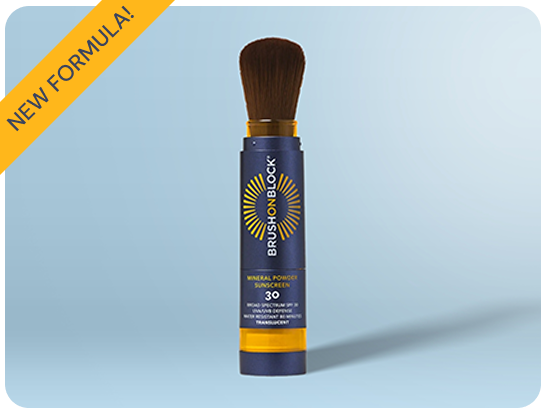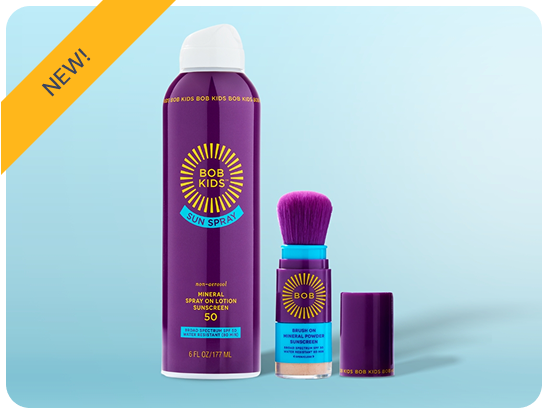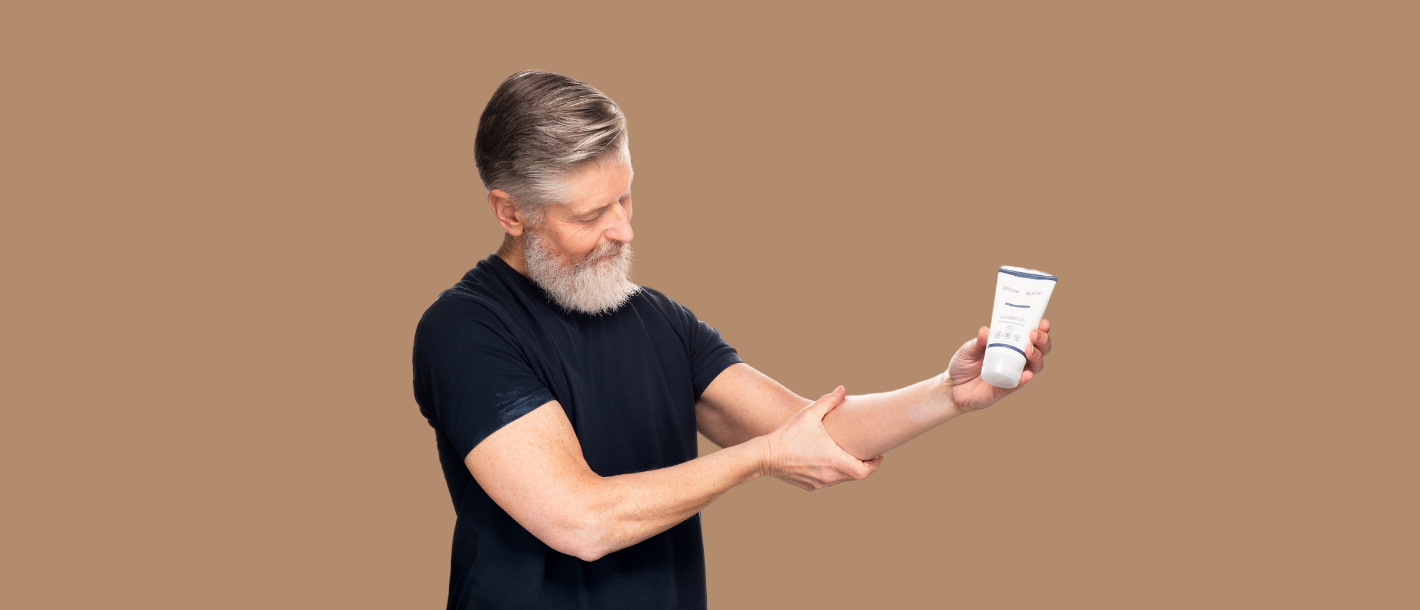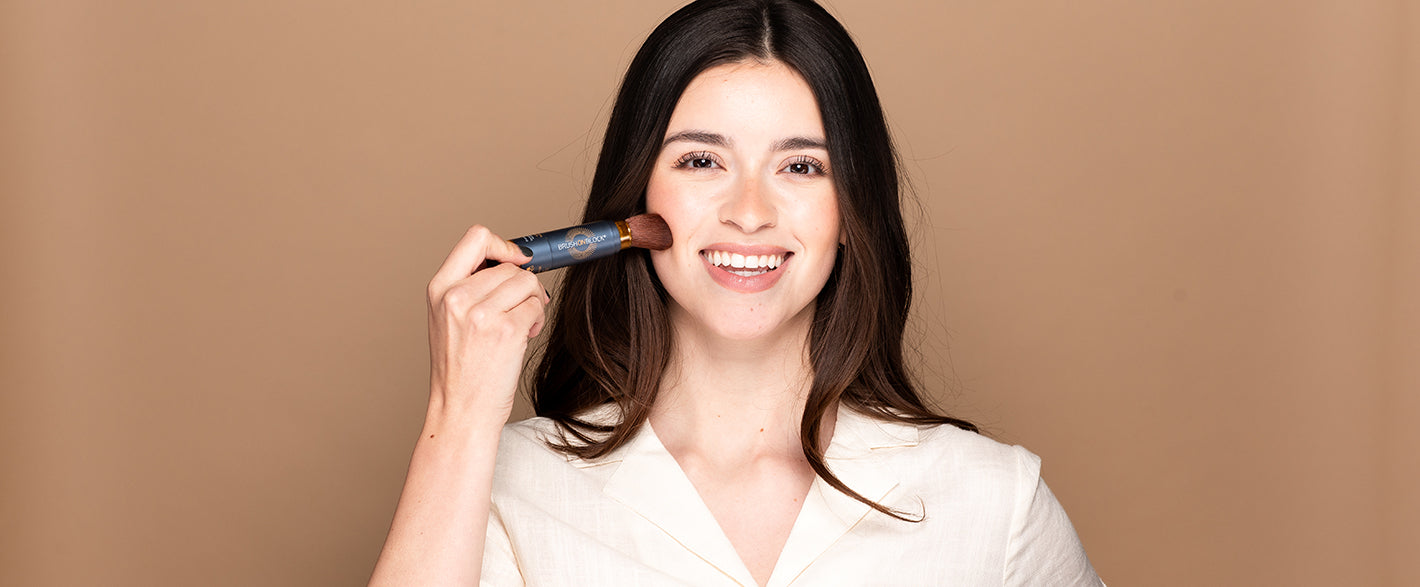Friday, May 27 is Don’t Fry Day, the kick-off to summer, and the Skin Cancer Foundation’s reminder to us all to wear sunscreen every day, but especially in the summer when the sun’s rays are strongest. But sunscreen is tricky, and there are a lot of misconceptions and myths floating around out there. People who get a sun burn while wearing sunscreen are understandably upset, but before you end up in that position, be sure that you are doing everything right to save your skin. Here are the key things you need to remember about sunscreen this summer and beyond…
1. ALL sunscreens must be applied every 2 hours
This is true especially when you are in the sun, but even if you apply at 8 in the morning and are indoors until 11, it is still a good idea to reapply before you head out the door to make sure you are getting the full protection. Sunscreens with chemical active ingredients begin to lose potency after about 2 hours on the skin. While this isn’t true of mineral actives, since those sit on the surface of your skin, they are prone to being wiped away if you are touching your face or using your phone. The best plan is to reapply.
Let’s restate this in a different way, just to be clear…wearing a higher SPF does not mean that you need to reapply less often. Reapply EVERY 2 HOURS, no matter the SPF.
In strong sunshine, such as at a beach or lake on a sunny, summer day, it is especially important to reapply at least every 2 hours. If your skin begins to feel hot, don’t wait for the 2 hours…just reapply!
2. No sunscreens are waterproof
The FDA ruled in 2011 that no sunscreen can use the words “waterproof” or “sweatproof” on their label, because they really are not. Instead, you will find two different designations on the container, either “Water Resistant 40 Minutes” or “Water Resistant 80 Minutes.” (If you do not see either designation, you should consider the sunscreen to not be water resistant at all.) When you are in and out of the water, your sunscreen remains effective for at least the number of minutes on the label. But realize, if you towel-dry, or even wipe with your hands, you could be physically removing the sunscreen, and should reapply immediately.
3. Understand how SPF works
It seems like SPF 30 should be twice as effective as SPF 15, but that isn’t how it works. SPF 15 blocks about 93% of UV rays, SPF 30 blocks nearly 97% and SPF 50 blocks 98%. No sunscreen blocks 100% of sun’s rays, and the higher the SPF goes, the smaller the difference between the ratings gets.
If you are concerned about the signs of aging (brown spots and lines/wrinkles) as much as you are of sunburn, look for the words "Broad Spectrum" on your sunscreen. This means that the product protects you from UVA (aging rays) as well as UVB (burning rays). Both types of UV can lead to skin cancer, so Broad Spectrum SPF is your best bet for protection.
4. It is critical to apply enough sunscreen
If you are applying a liquid/cream sunscreen, the advice is to apply about an ounce to your body. Think about that…it is the size of a shot glass, but if your sunscreen is a 6 oz. bottle, that means it is enough for 6 applications. So a family of 4 could easily use up a 6 oz bottle in a half day at the beach. But sunscreen is much less expensive than skin cancer treatment!
When wearing Brush On Block Mineral Powder Sunscreen, it can be difficult to measure how much you are applying. Our advice is to buff on a generous amount, going over the area 3-4 times at least. This will give you the protection you need until your next reapplication. Remember, there’s no such thing as applying too much--better safe than sorry!
5. Take care to cover all exposed skin
We all miss spots, but some of the most common are the part of the hair (or bald spots, if that applies), lips, tops of feet, ears and remembering to reapply to back of hands after washing them. Luckily, Brush On Block is great for most of these spots, and our Protective Lip Oil SPF 32 is perfect for the place that the powder doesn’t work as well! And if you have a child in a stroller, be sure to protect those tiny feet that may be sticking into the sun.
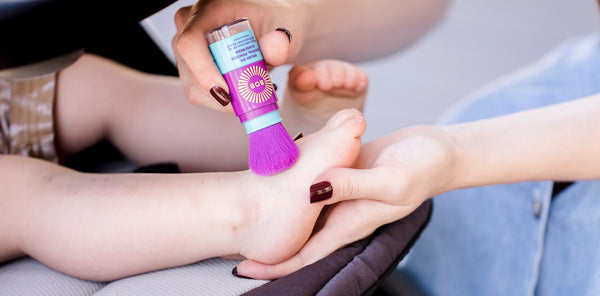
6. The SPF in your foundation or moisturizer is not enough
As you may have gathered from the above, wearing skin care or a foundation with SPF in it is a nice bonus, but it is not something you should rely on if you plan to be outdoors. First of all, you aren’t applying enough of either of those products to provide the protection listed on the label. Second, sunscreen needs to be reapplied every 2 hours and most of us aren’t willing to remove our makeup and start over every 2 hours. A dedicated sunscreen that is easy to reapply is the only way to maintain good SPF protection.
7. SPF numbers do not add up
If you have an SPF 20 in your foundation, and you apply Brush On Block Mineral Powder Sunscreen SPF 30 over that, you are not wearing SPF 50. Only the highest number applies, so you still have SPF 30 coverage. However, even if it were SPF 50 it wouldn't make any difference--you still have to reapply every 2 hours, regardless of the SPF value.
8. Just because you aren’t soaking up the sun, doesn’t mean you can skip sunscreen
Sun exposure IS cumulative. So if you walk the dog for 30 minutes, stand outside talking to your neighbor for 15 when you run out to get the mail later in the day, that’s 45 minutes of unprotected exposure. Driving your car probably won’t result in a sunburn, but that doesn’t mean sun damage isn’t happening. In the US, more deadly skin cancers occur on the left side of the face than on the right. When driving in the US, the left side of the face is exposed to the sun. Dermatologists recommend wearing at least an SPF 30 every day with the goal of protecting from less obvious dangers like these.
No one wants to spend any part of summer sitting inside cooling off a sunburn. Learning how to use your sunscreen properly is a great first step to protecting your skin. In addition to the above, limit sun exposure between the hours of 10 am and 2 pm, and wear UPF protective clothing when available, then apply sunscreen to any exposed skin. Protect your skin and Have A Great Summer!
